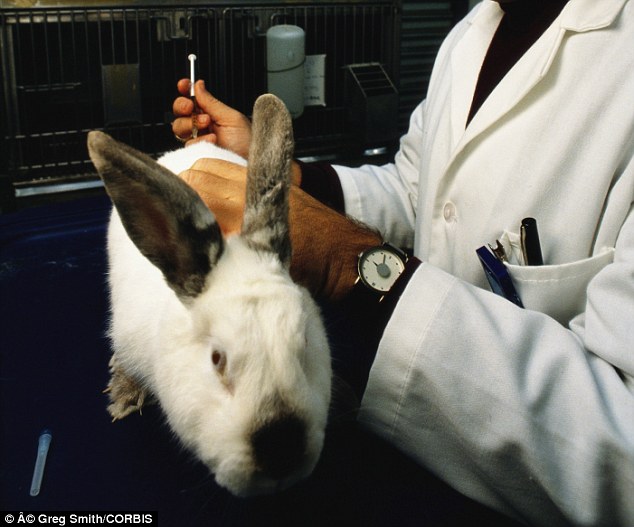Scientists Have Invented An Oxygen Particle That Allows You To Live Without Breathing
This remarkable feat has the potential to save millions of lives.
Researchers have designed microparticles that can be injected directly into the bloodstream to quickly oxygenate your body, even if you can't breathe anymore
A group of scientists have developed a new microparticle filled with oxygen that will one day potentially be used in emergency medicine to allow patients to breathe while their airways are obstructed.
policymic.comThe "lipidic oxygen−containing microparticles" (LOMs) are a single-layer shell of lipids enclosing a small amount of oxygen. The oxygen is suspended in a liquid mixture, meaning it's unable to form larger bubbles that could cause an embolism or other complications. And as the designation "microparticles" implies, they're just 2-4 micrometers wide, making them far smaller than the tiniest objects visible with the naked human eye.
dailymail.co.ukThe invention, developed by a team at Boston Children's Hospital, will allow medical teams to keep patients alive for 15 to 30 minutes despite major respiratory failure
This is enough time for doctors and emergency personnel to act without risking a heart attack or permanent brain injuries in the patient. The solution has already been successfully tested on animals under critical lung failure. When the doctors injected this liquid into the patient's veins, it restored oxygen in their blood to near-normal levels, granting them those precious additional minutes of life.
bustle.comHow does it work?
Scientists were able to inject the particles into rabbits' bloodstreams. Though their windpipes were blocked, the rabbits lived up to 15 minutes
Image via dailymail.co.ukWhen the microcapsules are injected into the bloodstream, they collide with red blood cells and near-instantaneously transfer about 70% of their contained oxygen into circulation. Rabbits with blocked windpipes were able to survive for about 15 minutes using injections of the substance.
policymic.comAccording to the authors of the original study, the technology could be used to keep trauma patients alive long enough to safely insert a breathing tube or to perform other life-saving therapies.
sciencedaily.com"This is a short-term oxygen substitute — a way to safely inject oxygen gas to support patients during a critical few minutes," said Boston Children's Hospital cardiologist John Kheir, who led the team that developed the technology in 2012. "Eventually, this could be stored in syringes on every code cart in a hospital, ambulance or transport helicopter to help stabilize patients who are having difficulty breathing."
policymic.com"One of the keys to the success of the project was the ability to administer a concentrated amount of oxygen gas in a small amount of liquid," Kheir explains. "The suspension carries three to four times the oxygen content of our own red blood cells.
"We have engineered around this problem by packaging the gas into small, deformable particles. They dramatically increase the surface area for gas exchange and are able to squeeze through capillaries where free gas would get stuck."
policymic.comJohn Kheir, MD at the Department of Cardiology at Boston Children's Hospital, had the idea of an injected oxygen solution started after he had to treat a little girl
Because of a lung hemorrhage caused by pneumonia, the girl sustained severe brain injuries which, ultimately, lead to her death before the medical team could place her in a heart-lung machine.
Soon after, Kheir assembled a team of chemical engineers, particle scientists, and medical doctors to work on this idea, which had promising results from the very beginning: Some of the most convincing experiments were the early ones. We drew each other's blood, mixed it in a test tube with the microparticles, and watched blue blood turn immediately red, right before our eyes.
bustle.comSo, can we use it?
The tech isn't ready for prime time yet. Potential complications include carbon dioxide buildup, as well as unknown potential long-term consequences such as "blood and tissue damage, metabolic fate of LOM excipients, and free radical injury."
policymic.com


